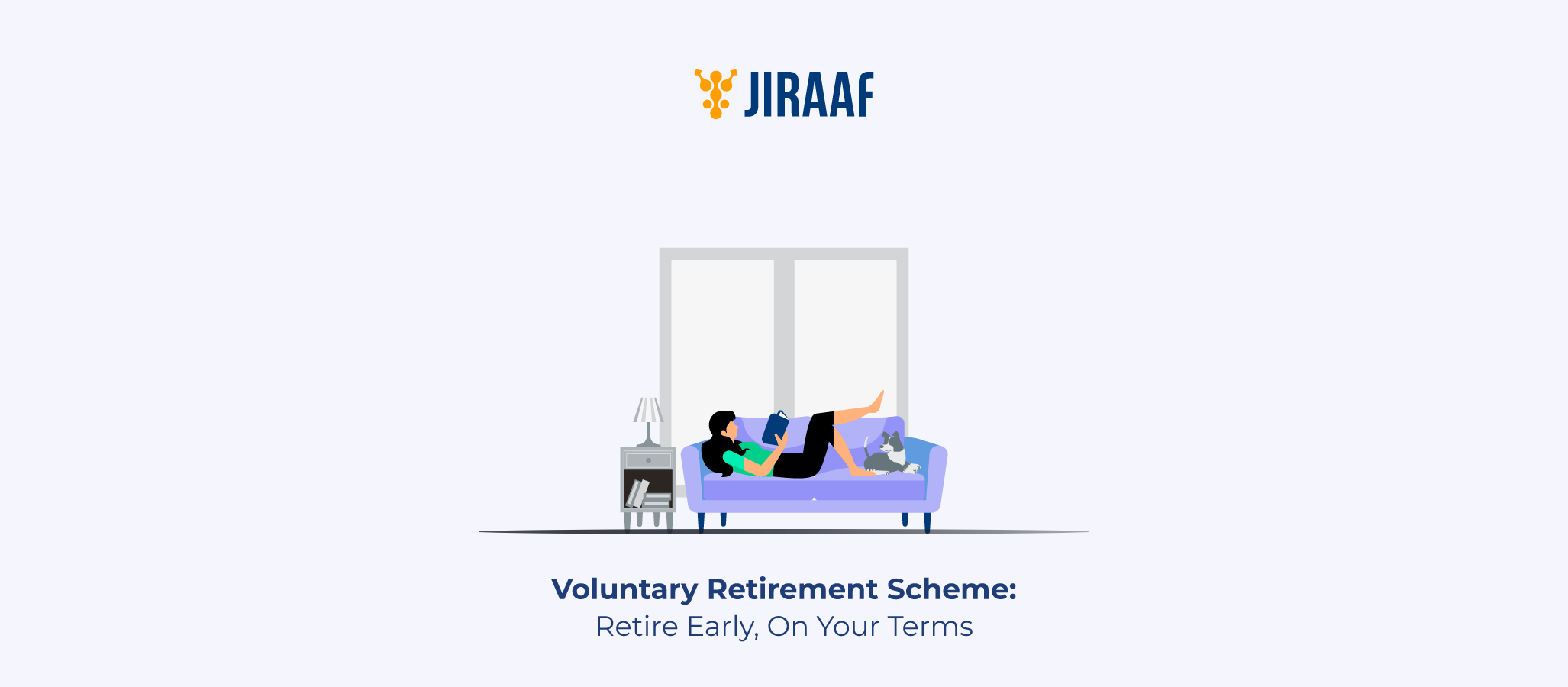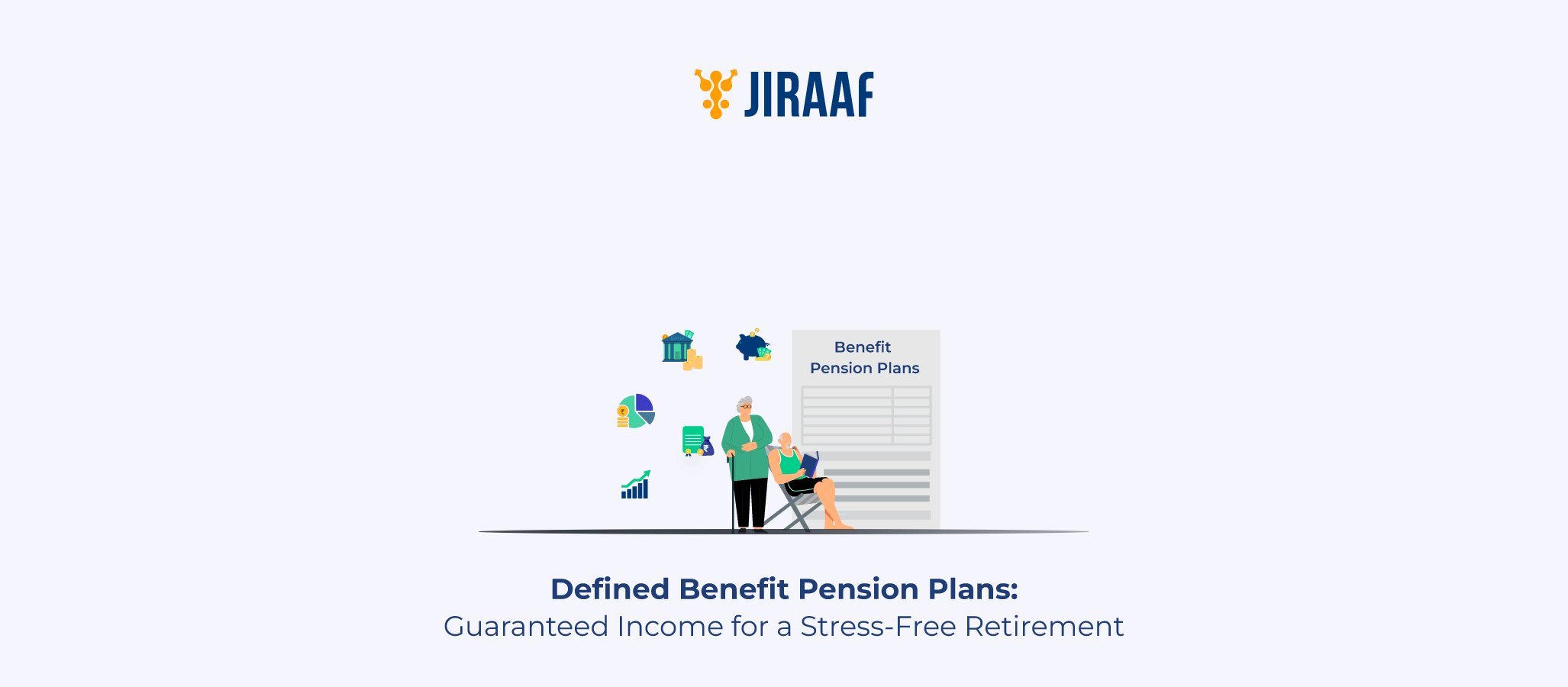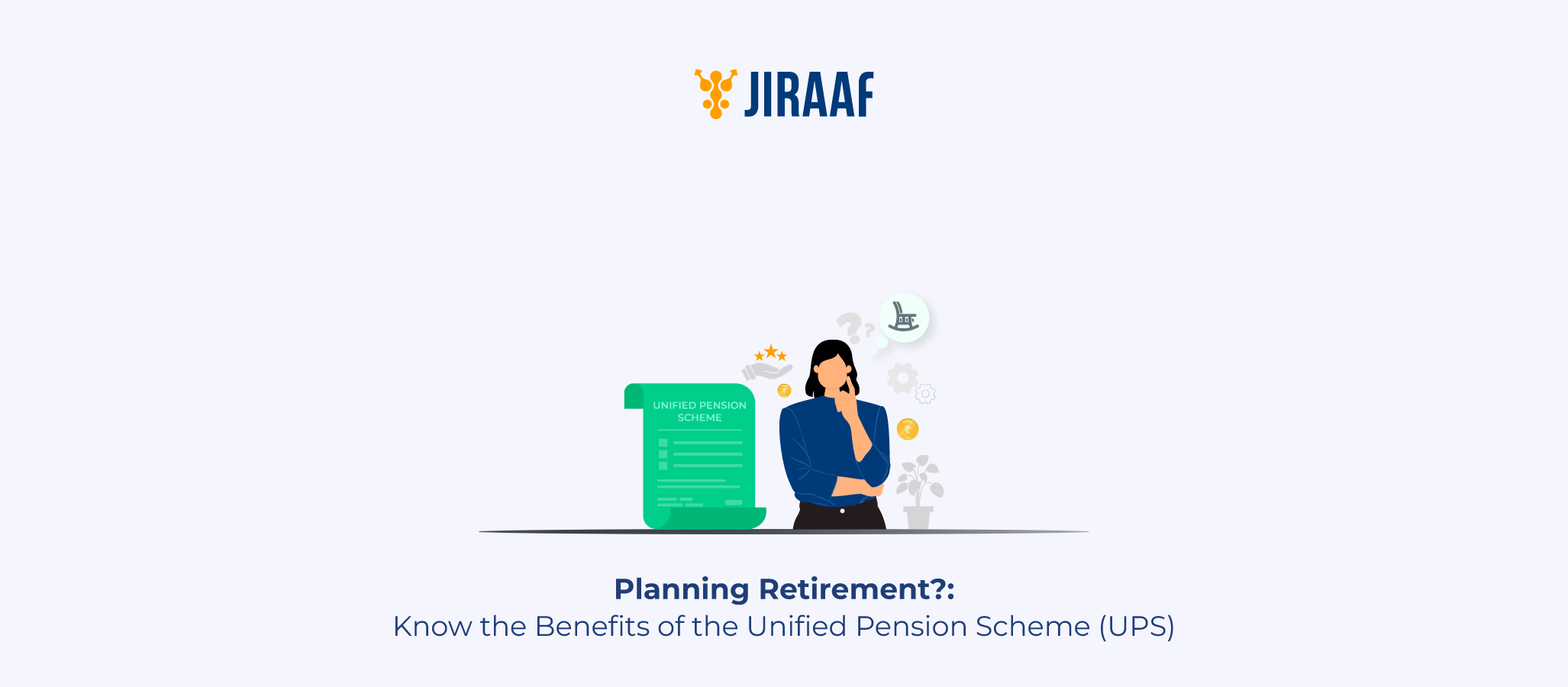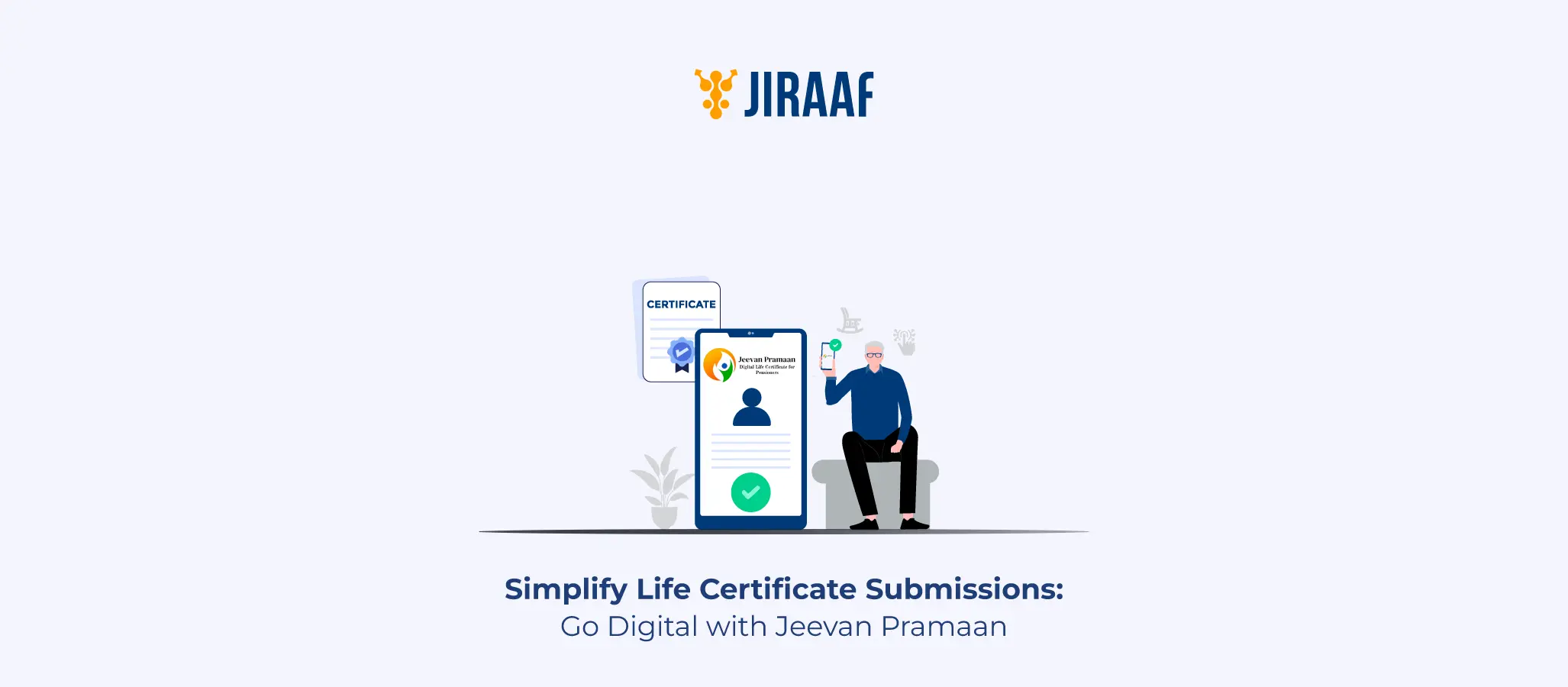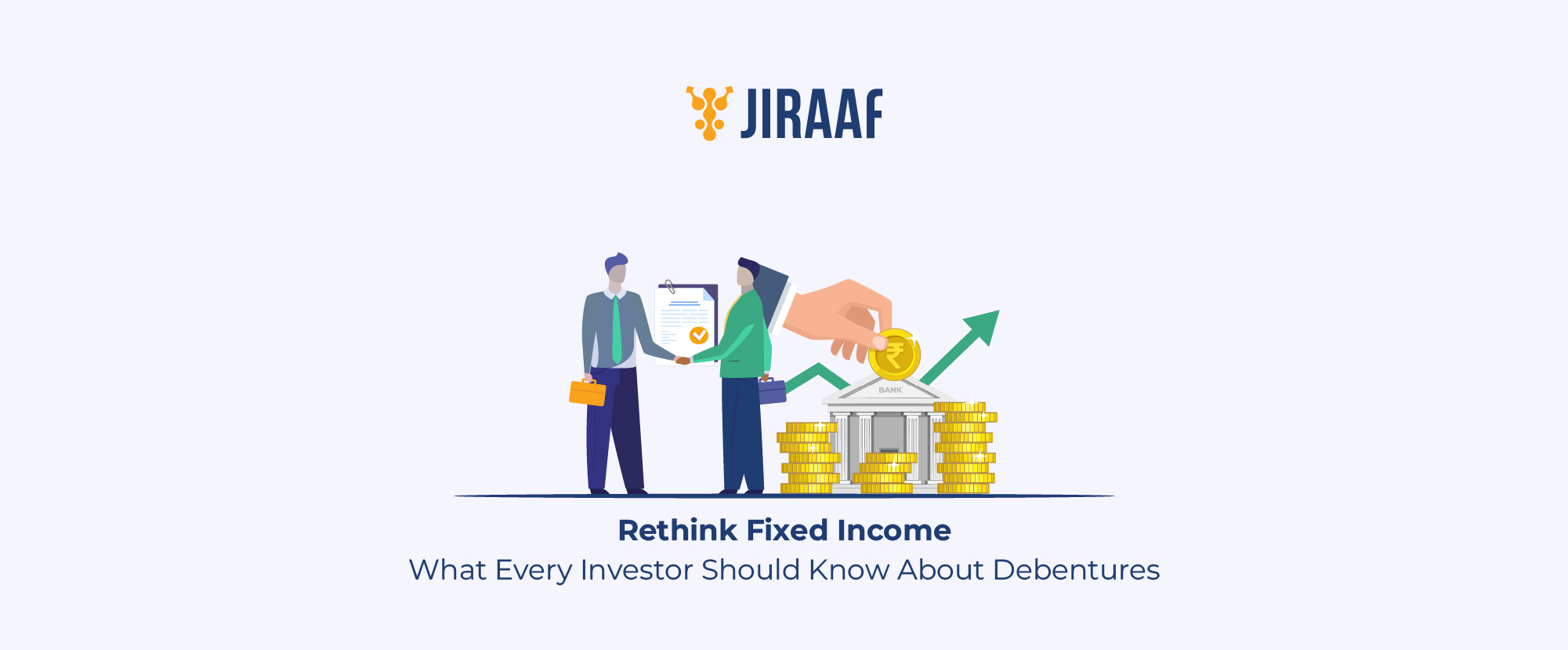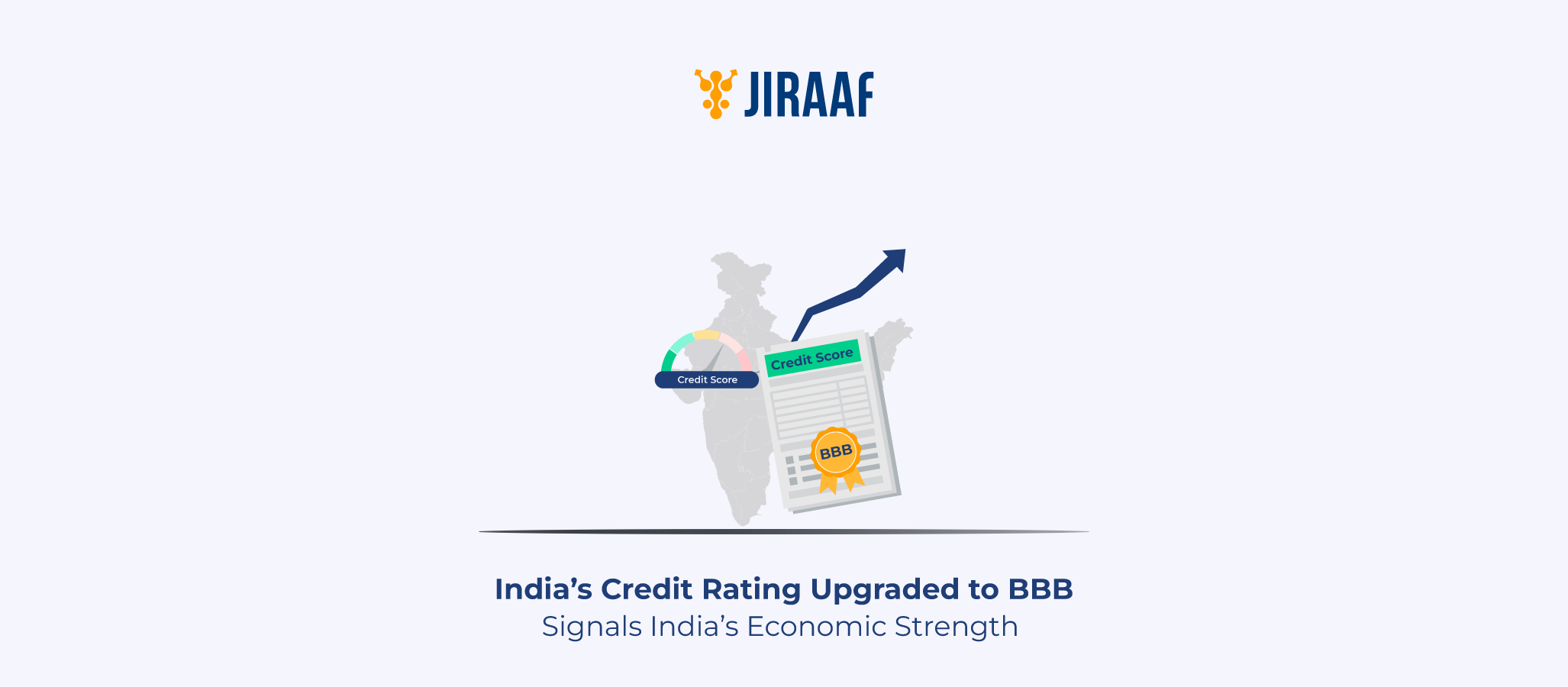There’s a growing trend of people who want to retire early and enjoy their lives instead of toiling in offices from 9 to 5 (or 10 to 7) till they’re too old to go on adventures.
If you’re interested in retiring early, the Voluntary Retirement Scheme (VRS) can be a good tool for your plans. Whether you’re looking for a graceful exit from corporate life, a career pivot, or just more time for yourself, VRS can open that door, often with a substantial financial cushion.
In this blog, you’ll explore what VRS actually means, how it works, who’s eligible, what benefits (and risks) it offers, and what you need to think about before saying yes to early retirement.
What is VRS?
The Voluntary Retirement Scheme is a formal exit option that allows employees to retire before their official retirement age—voluntarily and with financial benefits. It’s often offered by government departments, public sector undertakings (PSUs), banks, and private companies during cost-cutting or restructuring.
Under VRS, employees receive a lump sum compensation based on their years of service and last drawn salary—without being dismissed or laid off. It’s a win-win: you get an early exit with benefits, and the organization reduces its headcount smoothly.
The scheme is governed by Section 10(10C) of the Income Tax Act, which provides certain tax exemptions (more on that later).
Objectives of a Voluntary Retirement Scheme
So, why would an organization offer early retirement in the first place?
Here are the key reasons.
- Cost Reduction: Senior employees usually draw higher salaries. VRS helps reduce payroll burden.
- Restructuring or Downsizing: During mergers, automation, or financial stress, companies may need to trim staff.
- Avoiding Layoffs: VRS offers a dignified, voluntary exit instead of forced job cuts.
- Bringing in Fresh Talent: It opens the door to hiring younger, tech-savvy professionals with new skills.
- Improving Operational Efficiency: Sometimes, it’s about streamlining to remain competitive.
Who is Eligible for VRS?
VRS isn’t open to just anyone—there are certain criteria, which may vary by organization. But there are some typical eligibility criteria, like,
- You need to be a permanent employee, including workers, executives, and officers.
- You should have completed at least 10 years of service or be at least 40 years of age.
- You need to be part of a department actively offering the scheme.
- You should not be employed under a contract or as a temporary/trainee staff.
Also, VRS is usually offered company-wide or to specific departments—you cannot demand it if it hasn’t been announced.
How Does the VRS Process Work?
Wondering how the process actually unfolds? It’s simpler than you think.
1. Scheme Announcement
The company officially announces the VRS scheme officially, with detailed guidelines on eligibility, benefits, and deadlines.
2. Application by Employee
Eligible employees apply for VRS voluntarily. There’s no coercion—it’s completely your choice.
3. Management Review
Applications are subject to approval based on operational needs. The organization has the right to accept or reject applications.
4. Exit & Settlement
Once approved, you go through a formal exit process and receive your compensation—usually tax-free up to ₹5 lakh under current tax laws.
Key Benefits of VRS
Choosing to retire early can be daunting. But VRS brings several benefits to the table:
1. Attractive Financial Compensation
You usually receive a lump sum amount calculated based on your last drawn salary and years of service. A common formula is
Compensation = Last Drawn Salary × Completed Years of Service
This often translates into a sizable amount, especially for senior employees.
2. Tax Benefits
Under Section 10(10C) of the Income Tax Act, you can get up to ₹5 lakh tax-free on your VRS compensation—provided the scheme meets certain conditions.
3. Dignified Exit
Unlike layoffs or retrenchment, the Voluntary Retirement Scheme gives you control over your exit. You leave on your terms, with respect and recognition for your years of service.
4. Opportunity for a Second Innings
Early retirement isn’t the end. Many VRS recipients start consulting, freelancing, or entrepreneurship or even switch industries entirely.
Disadvantages or Risks of VRS
As tempting as it sounds, VRS isn’t a perfect solution to your FIRE dreams. You’ll want to weigh these downsides:
1. No Regular Income Stream
Once you opt for VRS, your salary stops. Unless you have another job lined up or solid investments, your cash flow may suffer.
2. Loss of Corporate Benefits
Things like health insurance, housing allowances, and employee stock options often end with your employment.
3. Financial Mismanagement Risk
A lump sum payout can be exciting—and dangerous. Without proper planning, you might run through it faster than expected.
4. Emotional and Social Impact
Work provides purpose and routine. Retiring suddenly can affect your mental well-being and sense of identity.
Tax Implications of VRS
Here’s where things get interesting—and slightly technical:
- You can claim tax exemption up to ₹5 lakh on your VRS compensation under Section 10(10C).
- This exemption is available only once in a lifetime.
- The remaining amount (if any) is taxed as per your income tax slab.
- You can’t claim relief under Section 89 on the VRS amount—it’s one or the other.
Always check if the scheme is in compliance with Rule 2BA of the Income Tax Rules to qualify for the exemption.
Real-Life Example of a VRS Package
Let’s say:
- You’ve completed 25 years of service.
- Your last drawn monthly salary is ₹60,000.
- The company offers compensation of ₹60,000 × 25 = ₹15,00,000.
Now, under Section 10(10C):
- ₹5,00,000 is tax-free.
- The remaining ₹10,00,000 is added to your income and taxed accordingly.
If you’re in the 30% bracket, you’ll pay about ₹3,00,000 in taxes—unless you plan well and invest in tax-saving options.
Conclusion
The Voluntary Retirement Scheme is more than just an early exit—it’s a life choice. It gives you freedom, dignity, and financial cushioning to start a new chapter. But like any major financial decision, it comes with its own risks and responsibilities.
So, take your time. Talk to your family. Consult a financial advisor. And most importantly, make sure your next move—whether it’s retiring to the hills or launching your own brand—aligns with your long-term vision.
